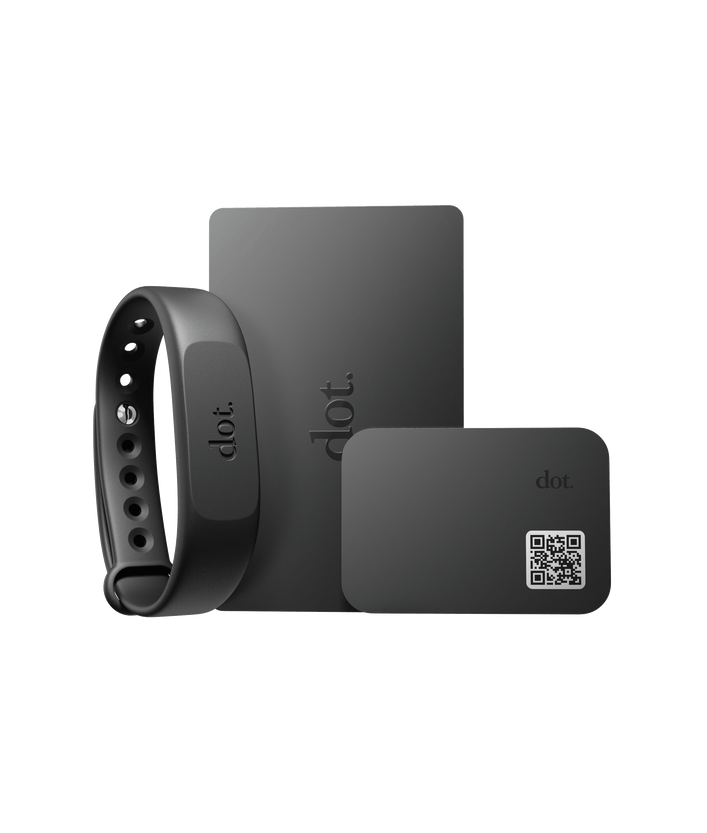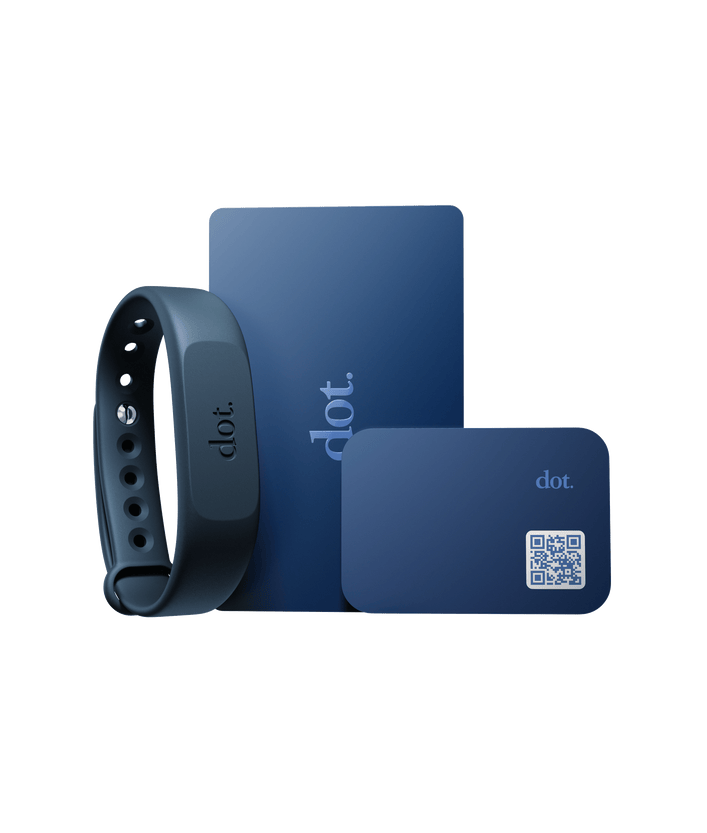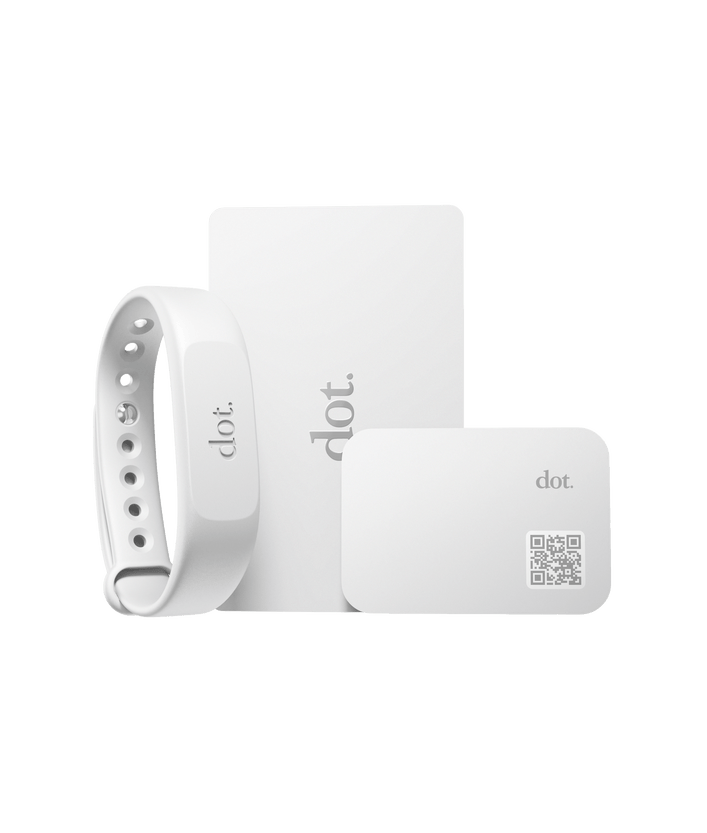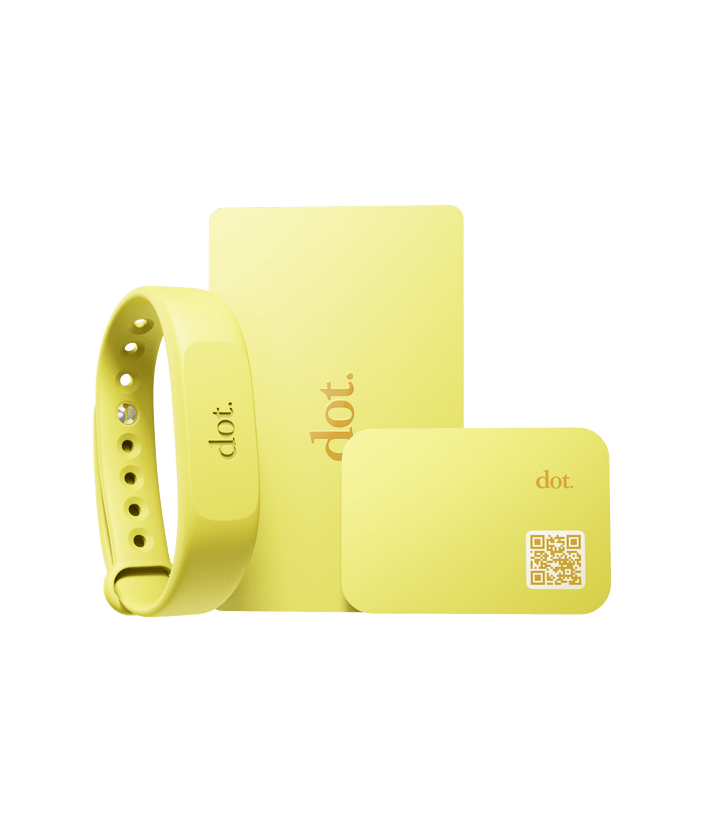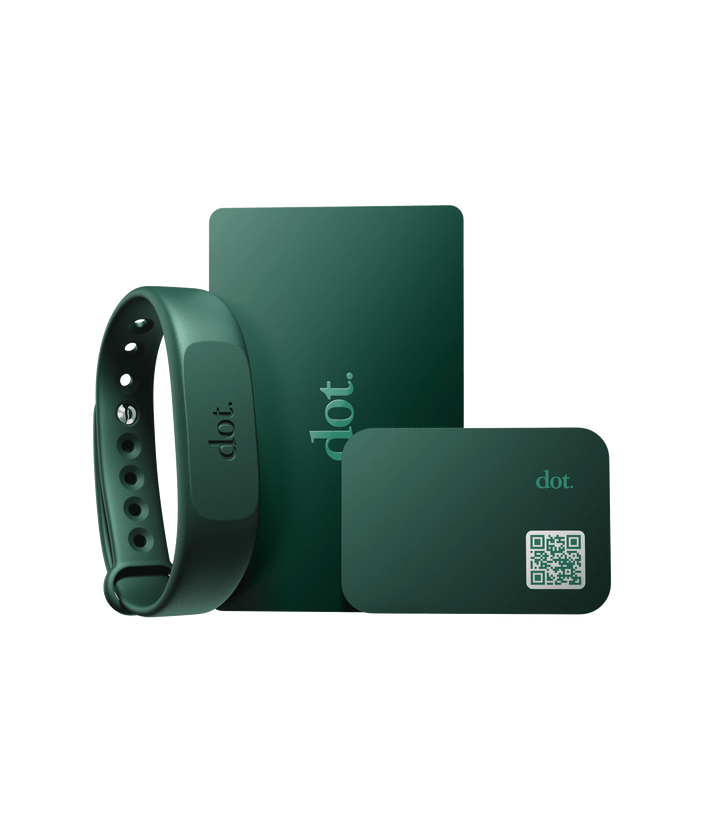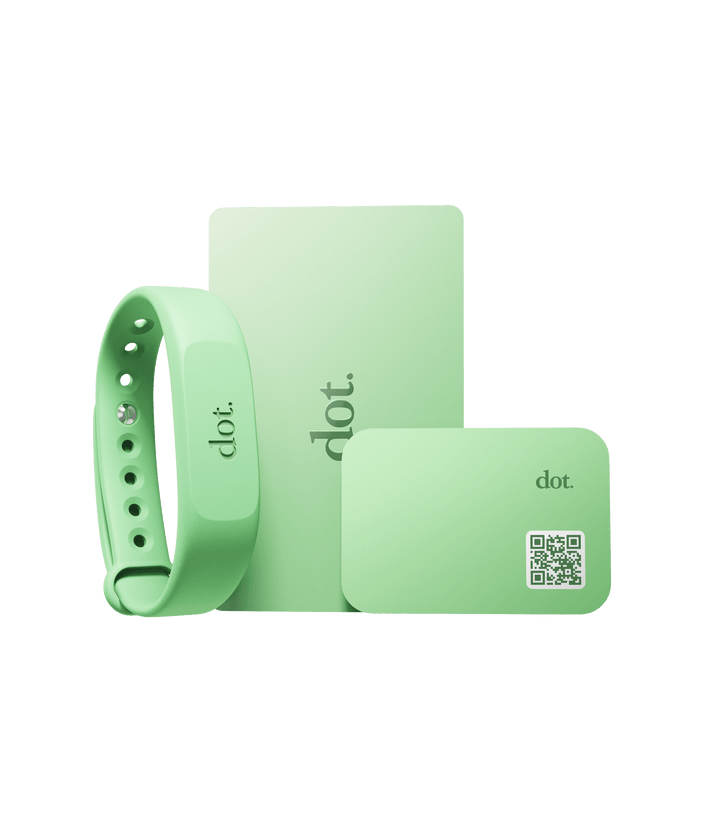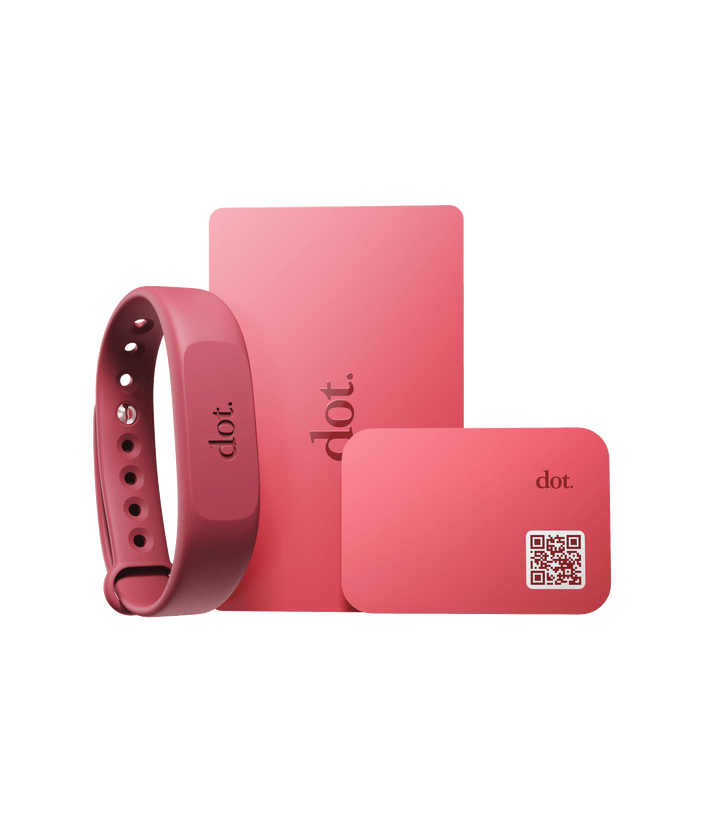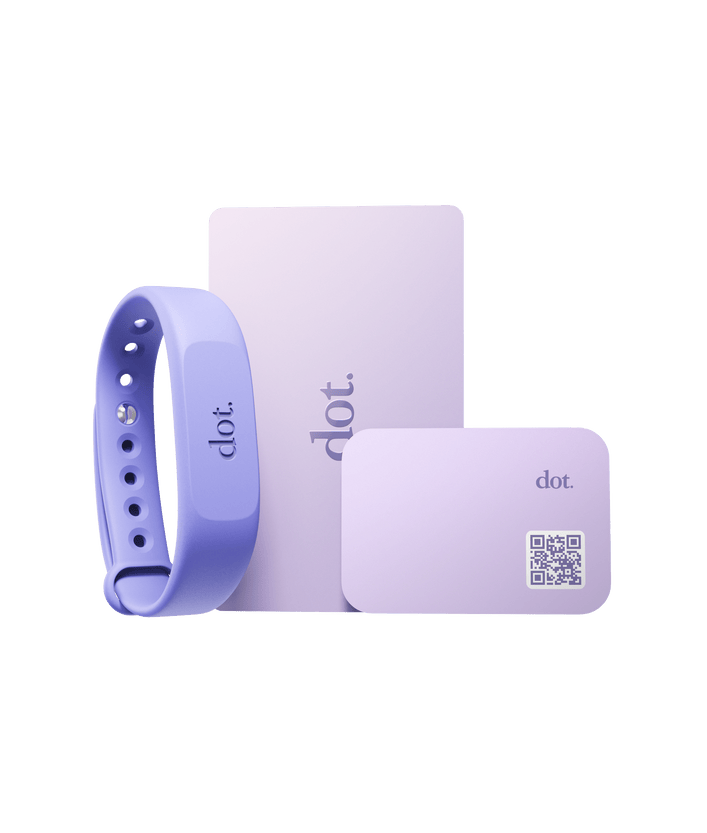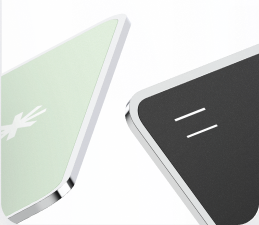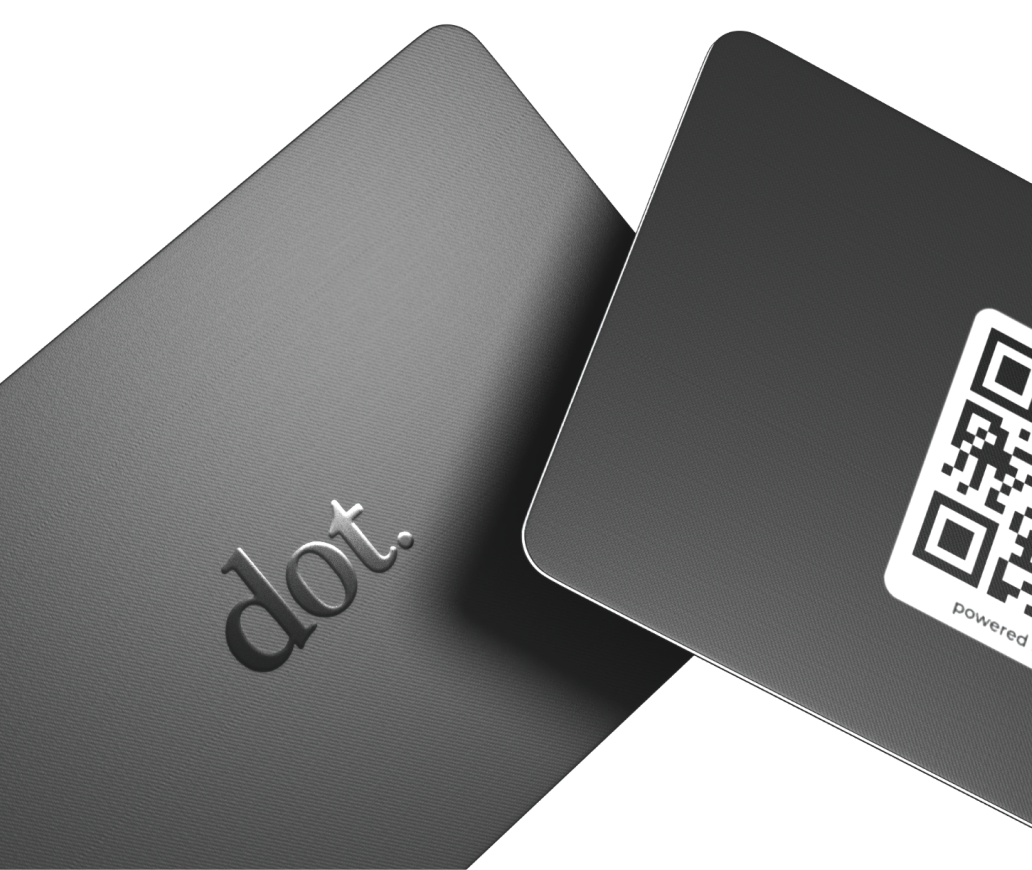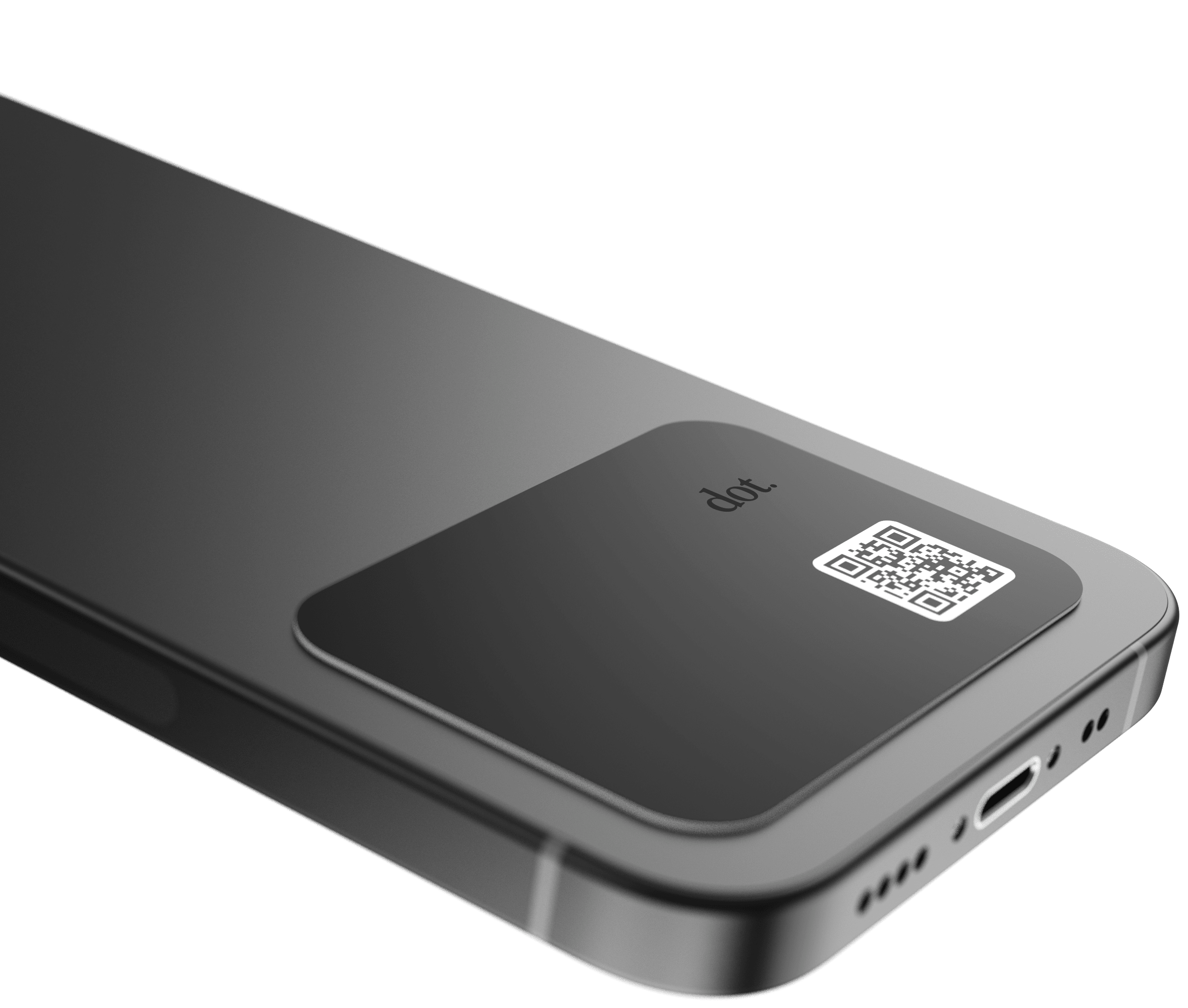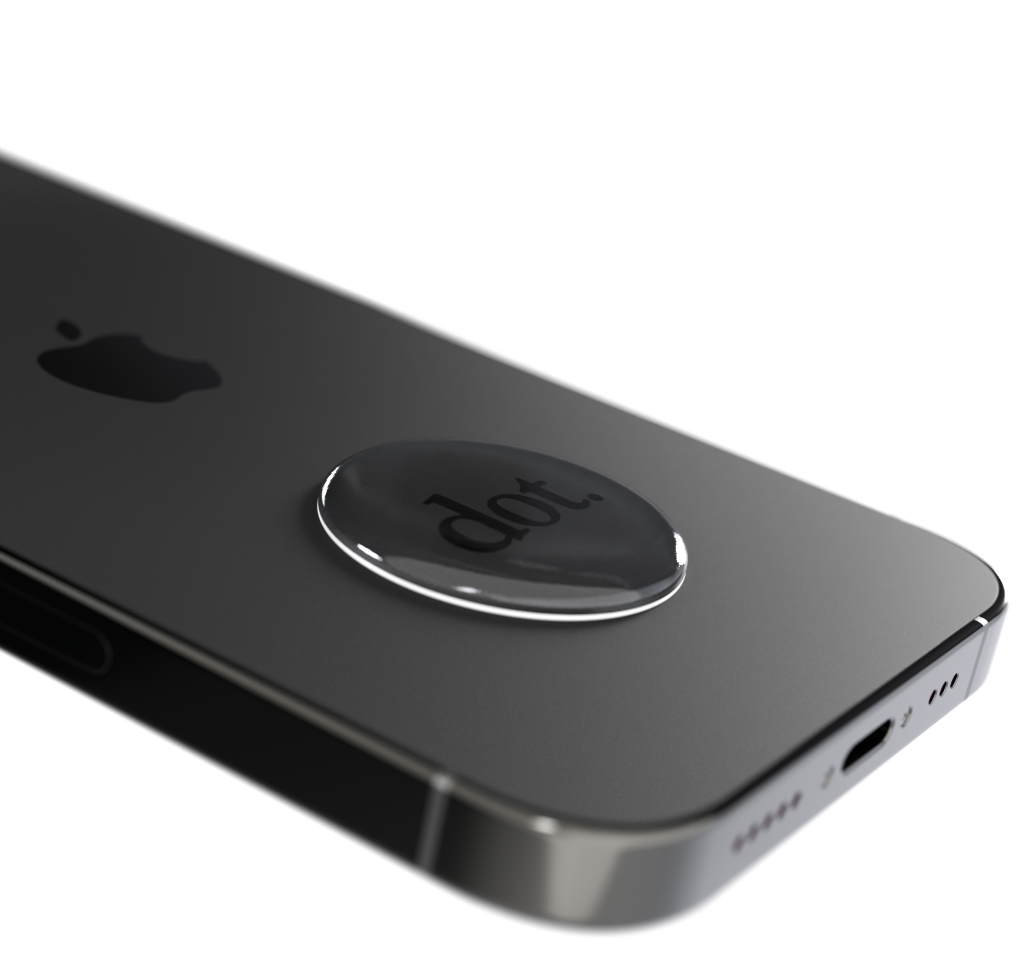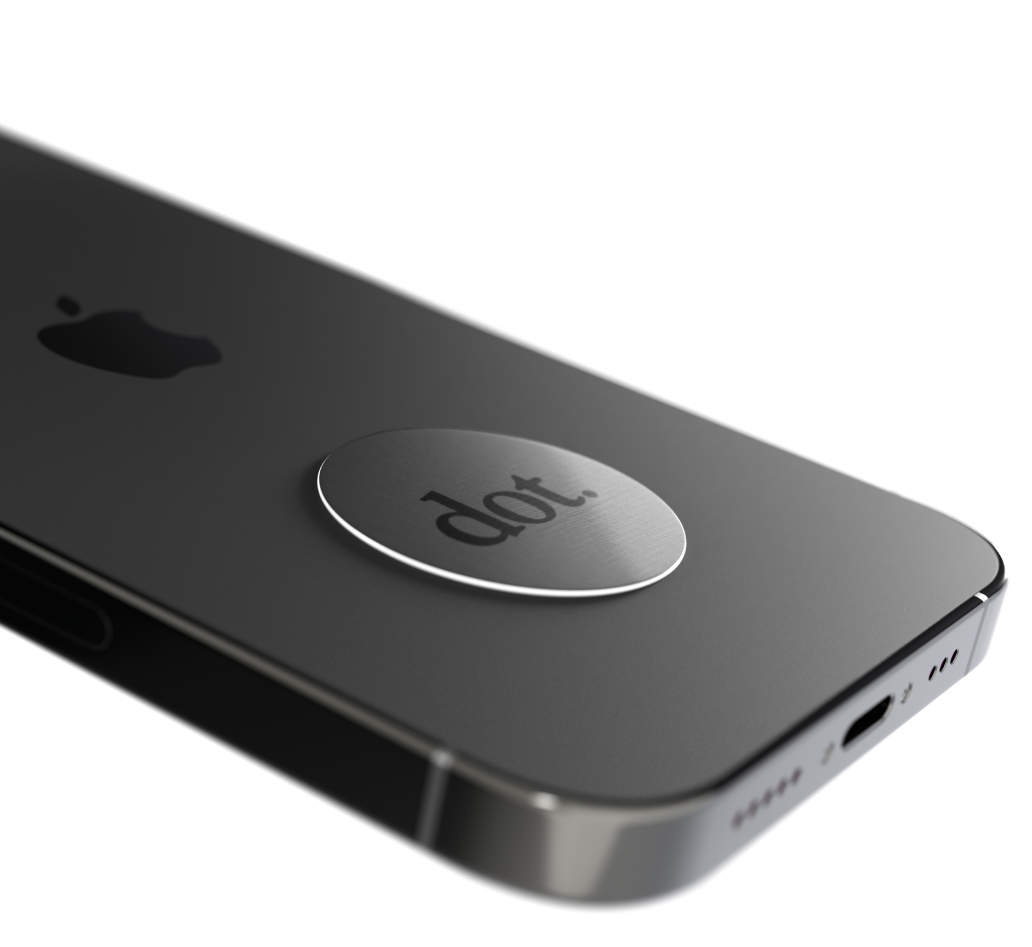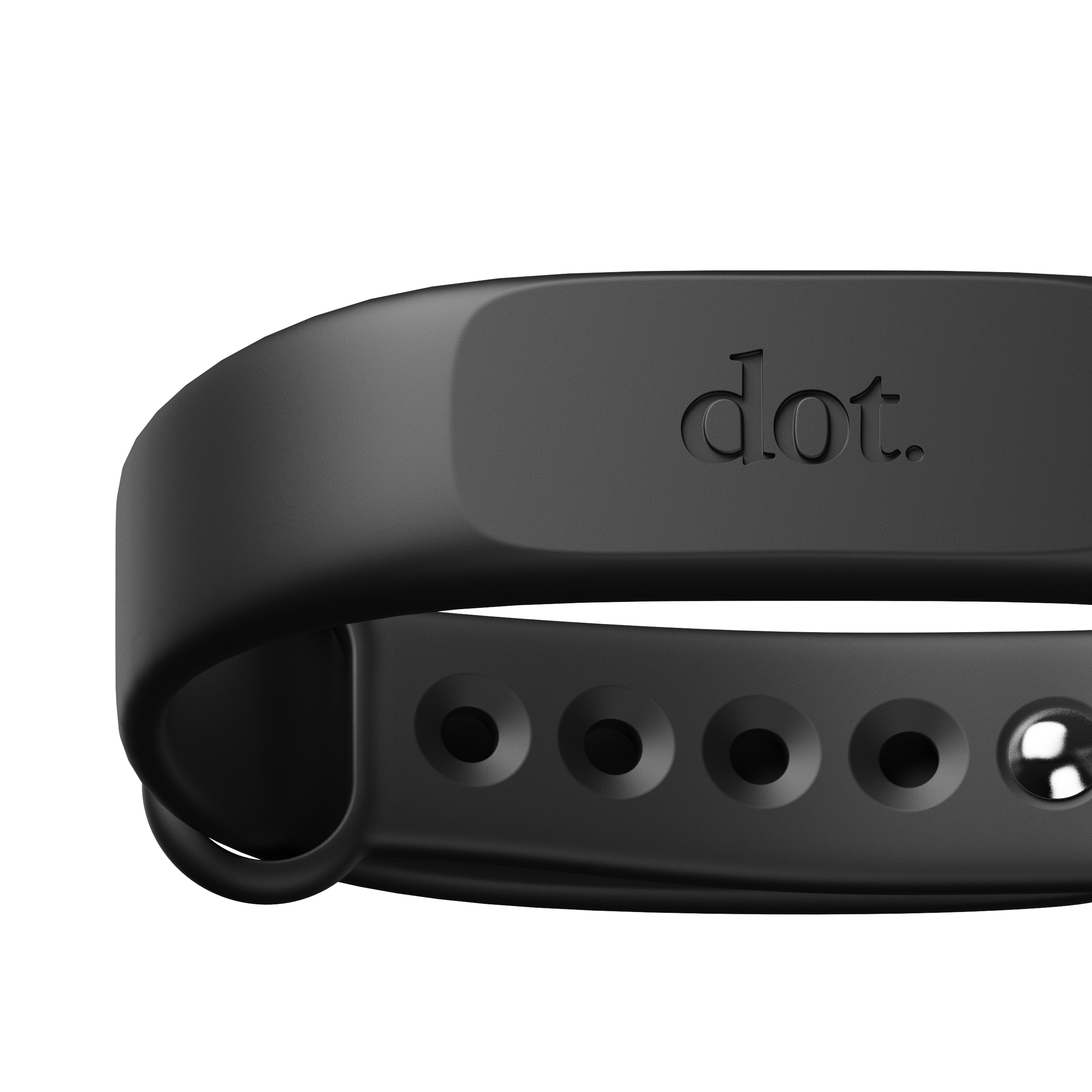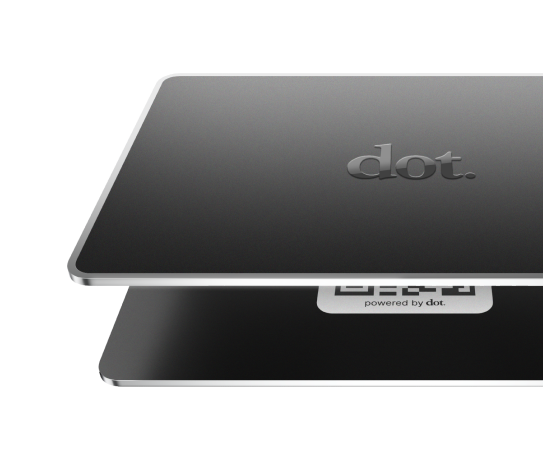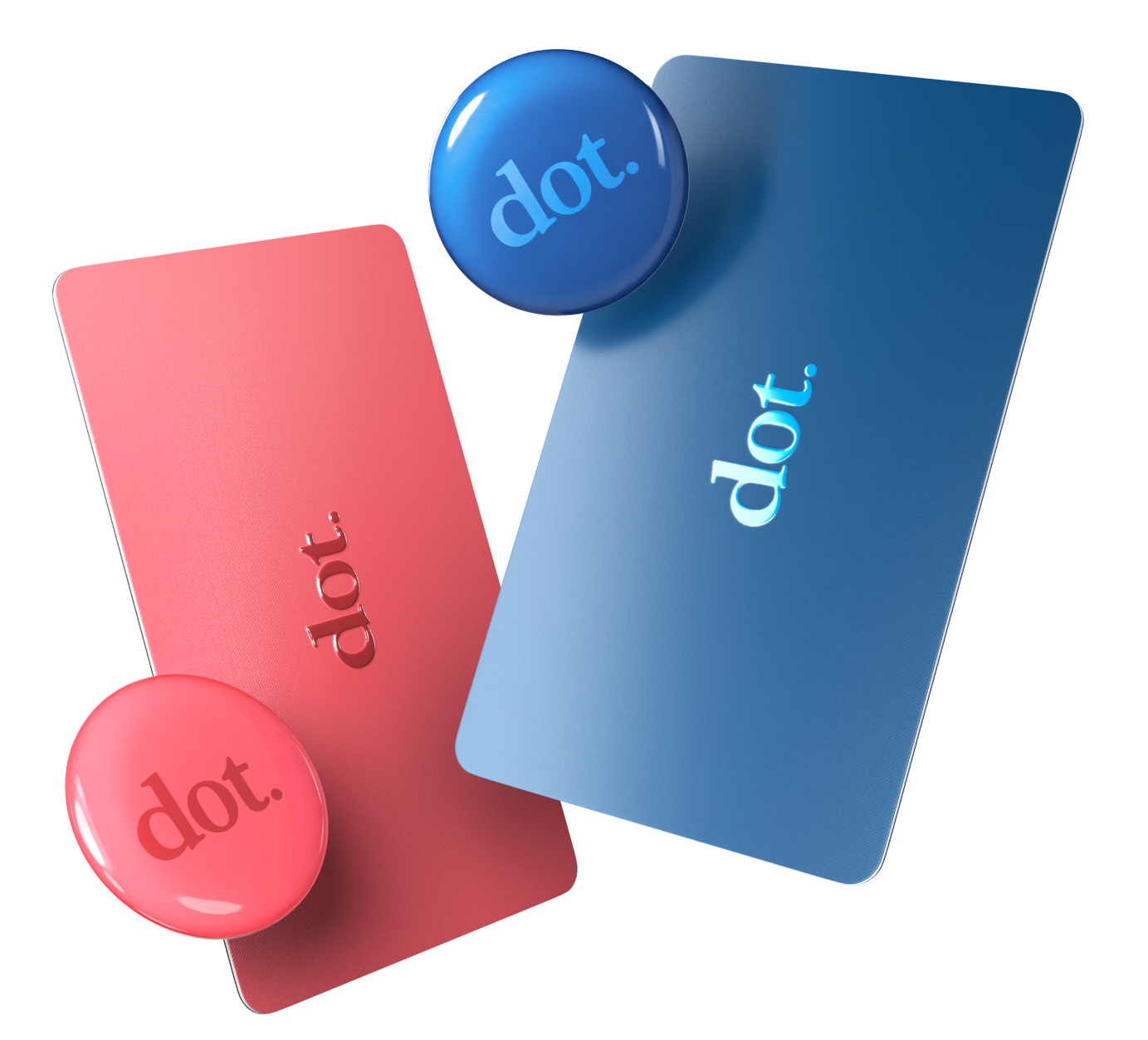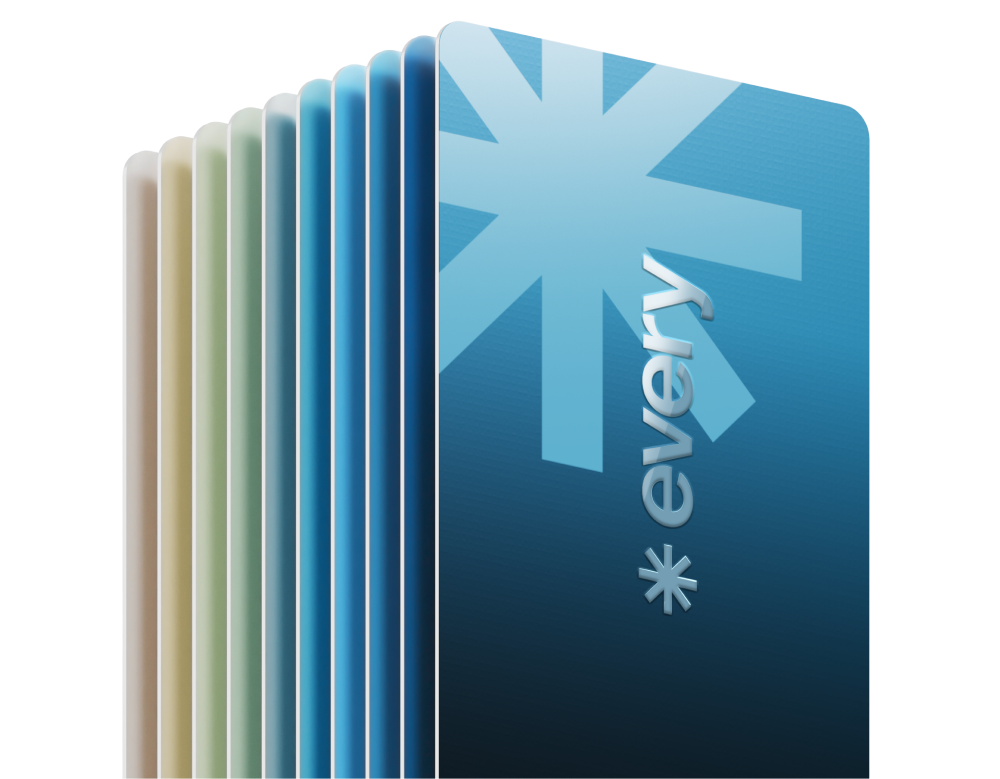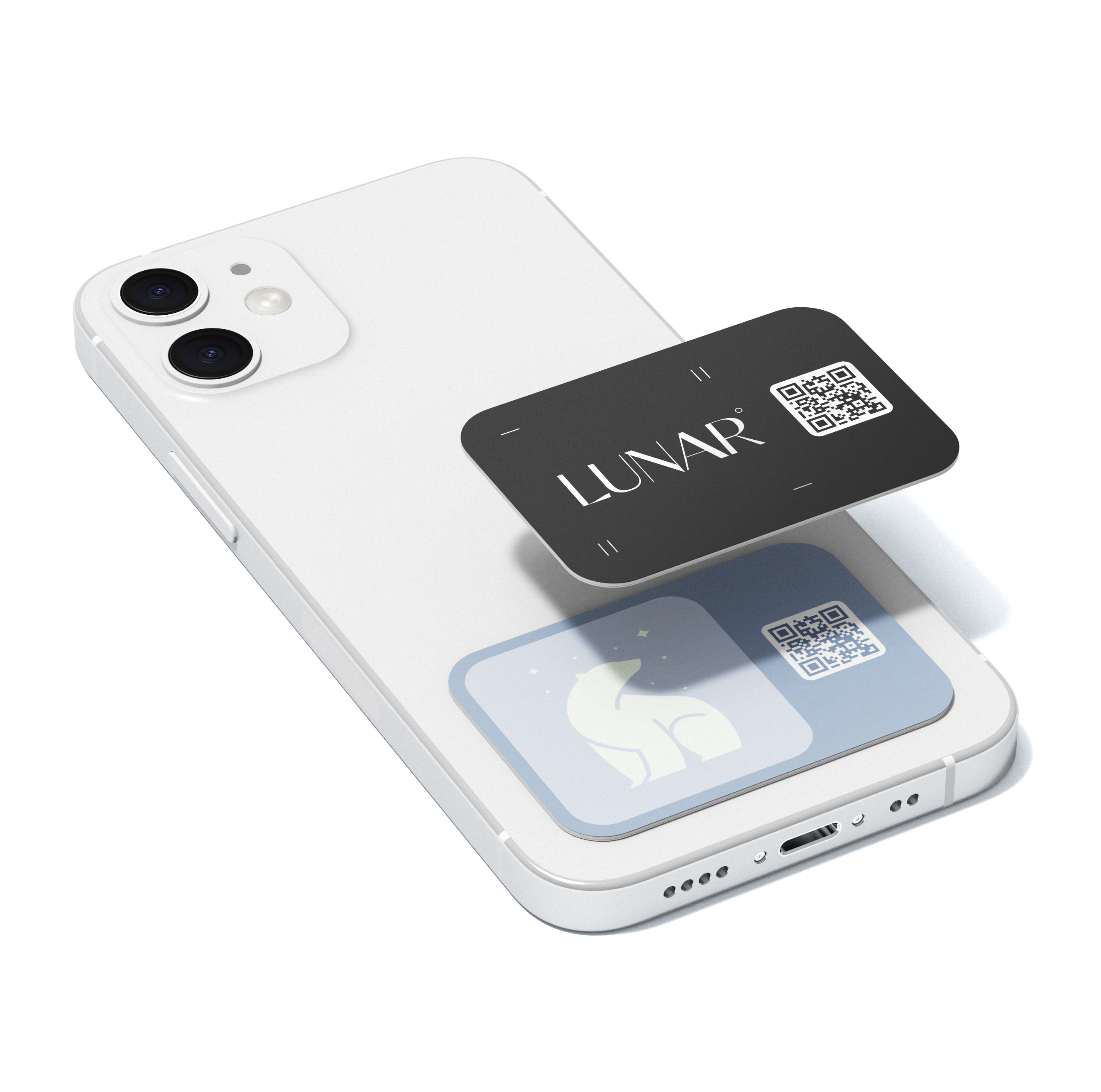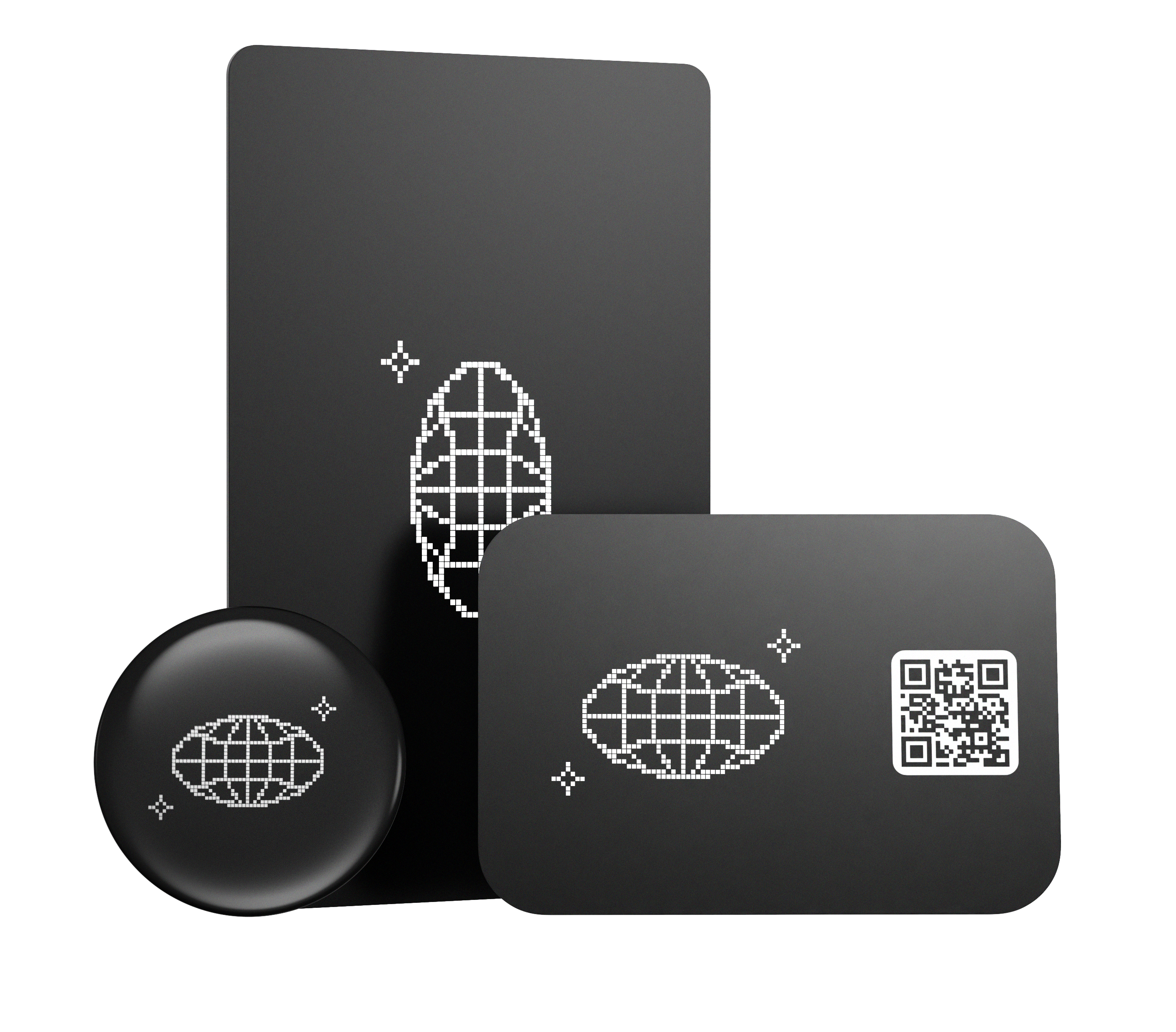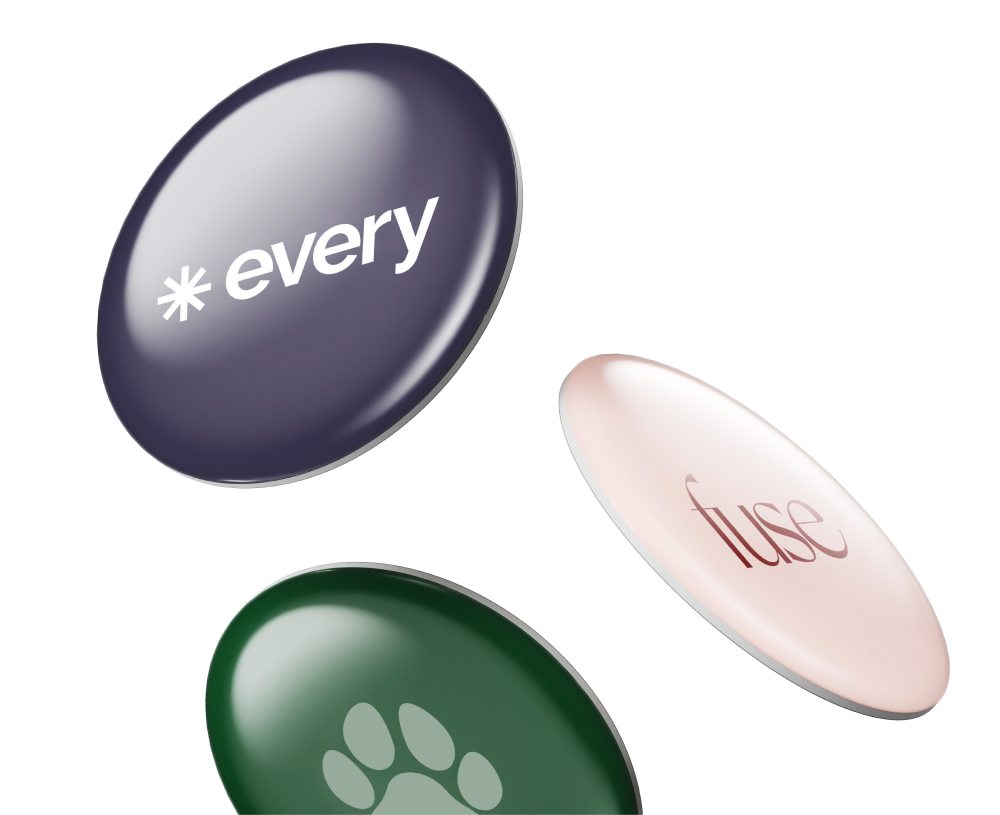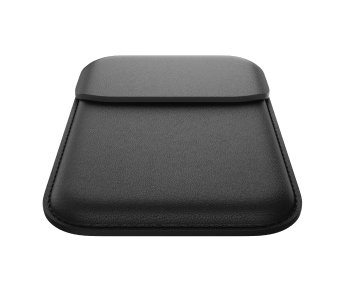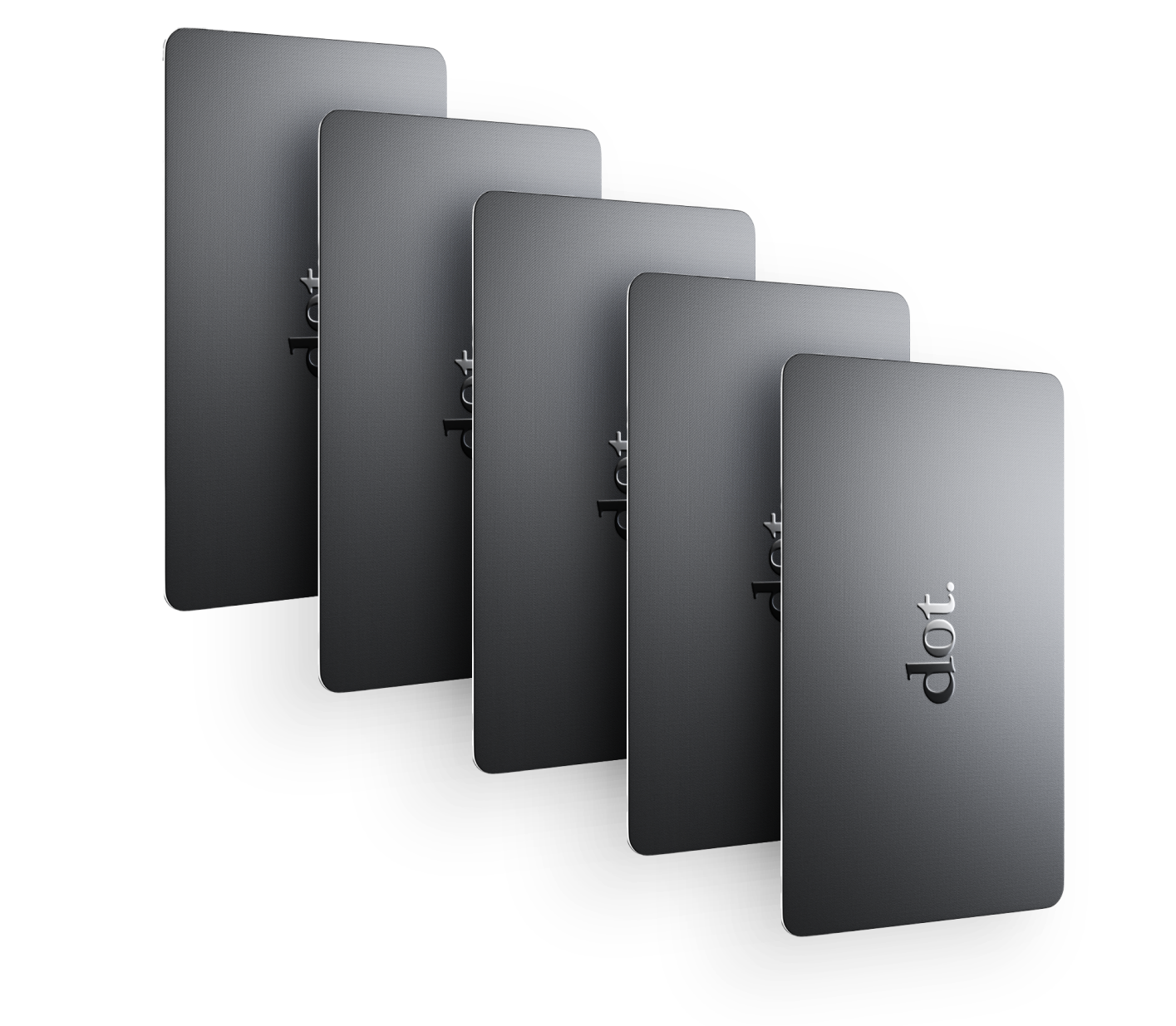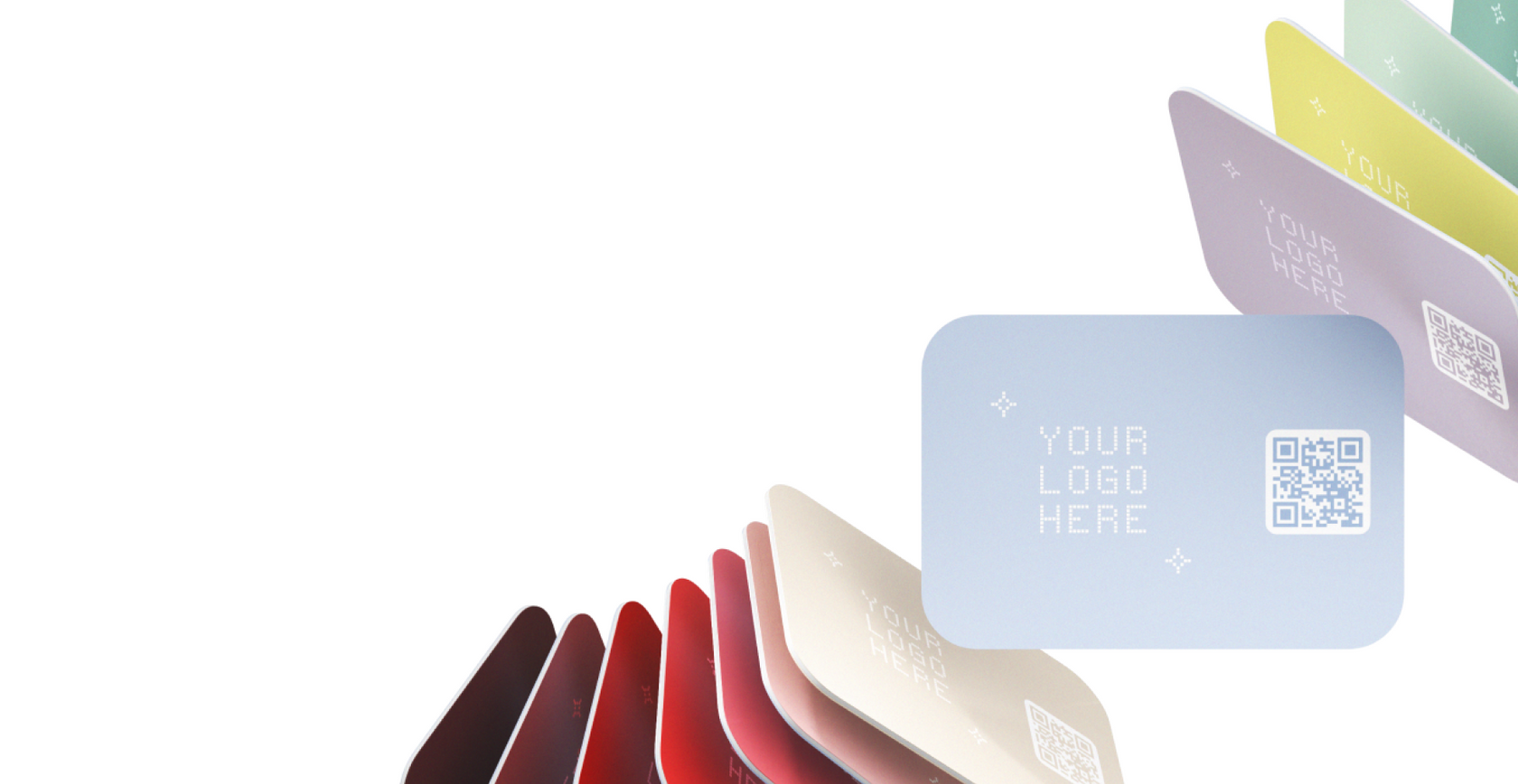The Hidden Reason Most Follow Ups Go Nowhere
I’ll be honest, I’ve been there. I once sent three carefully crafted follow ups to a potential client and got… nothing. No reply, no acknowledgment, just silence. At first I thought they weren’t interested. Later, I realized the problem wasn’t them. It was me. My approach was flat.
That’s the truth about follow ups. Most don’t fail because people don’t want to connect. They fail because the message misses the mark. Too vague, too generic, or too self focused, and in a busy inbox, that means forgotten.
The good news is that with a smarter approach, your follow ups can actually get noticed. Let’s break down the reasons they flop and how to flip the script.
1. Timing Is Everything
Follow up too soon and you look desperate. Send it too late and they’ve forgotten who you are. The sweet spot? Usually a day or two after your first interaction.
If you chatted at a Friday conference, hit their inbox Monday morning. Mention something specific you talked about: “I enjoyed our conversation about your Asia expansion, exciting plans.” That small detail jogs their memory.
💡 Pro Tip: Stick to business hours. No one loves a midnight follow up unless it’s breaking news.
2. Generic Messages Get Ignored
We’ve all seen it: “Just checking in” or “Following up.” These go straight to the trash because they don’t give anyone a reason to respond.
Instead, be specific. “I remember you mentioned launching a new product line, here’s a resource I thought might help.” Or, “That AI tool we discussed? Here’s a link to a case study.” Suddenly, you’re not noise. You’re useful.
3. No Clear Call to Action
One of the biggest killers of follow ups is vagueness. If you don’t say what you want, you leave the other person guessing and most won’t bother.
Do you want to book a meeting? Say, “Would you be open to a 15 minute call next week?” Want feedback? “I’d love your quick thoughts on the attached draft.” Looking to stay connected? Drop your LinkedIn link and ask, “Shall we connect there?”
💡 Pro Tip: End with one simple, answerable question. “Does Thursday morning work?” is perfect. “Here are three complex options for you to consider” is not.
4. Being Too Self Focused
If your follow up reads like a sales brochure, it’ll get ignored. “I’d love to tell you about my services” screams me, me, me.
Flip it. Focus on them. “I came across a tool that might save you time on your monthly reporting, want me to send it over?” Now your email feels like a favor, not a pitch.
People love replies that solve their problems, not yours.
5. Lack of Personalization
People can smell copy paste a mile away. If your follow up feels like you blasted it to 200 others, it’s getting deleted.
Make it personal. Use their name. Reference the event: “Great meeting you at the fintech panel last week.” Add context: “You mentioned you’re exploring CRM solutions, here’s a comparison I thought you’d find useful.”
Takes an extra minute, but makes you unforgettable.
6. Failing to Add Value Over Time
One follow up isn’t always enough. But sending the same “Just checking in” email three times? That’s a fast track to being ignored.
Instead, add value each time. Share a podcast episode that touches on their industry. Forward an article about a trend you both discussed. Offer an intro to someone who could actually help them.
Every touchpoint should make them think, “Oh, that’s helpful.”
FAQs: Mastering Follow Ups
Q: How many times should I follow up before moving on?
Two to three times is reasonable. For example, send one email right after the event, a second a week later with added value, and a final polite check in after another week. Beyond that, silence is usually an answer.
Q: What’s the best channel for follow ups?
Email is standard, but LinkedIn messages often feel more personal, especially if you already connected there. In some cases, a polite text after a strong in person conversation can work if you have their number.
Q: How long should a follow up message be?
Short and clear. Aim for three to five sentences max. For instance, start with context, add one line of value, and end with a simple call to action.
Q: Should I use templates for follow ups?
Yes, but only as a framework. For example, start with a standard outline like greeting, context, value, call to action, but personalize every section with details from your interaction. Templates are a starting point, not a substitute for authenticity.
Follow Ups That Work Are Intentional
Most follow ups fail because they are rushed, vague, or self focused. But when you get the formula right — timing, personalization, value, and a clear next step — you transform follow ups from ignored to answered.
With the right approach, your follow ups will not feel like noise in someone’s inbox. They will feel like opportunities worth replying to.
